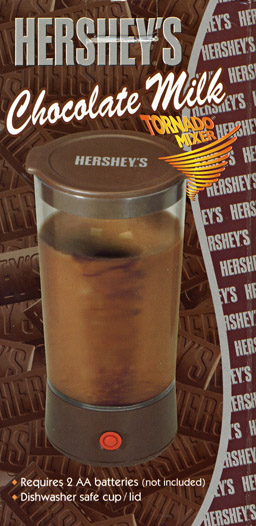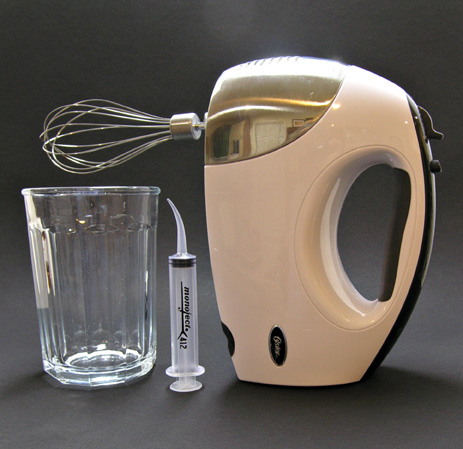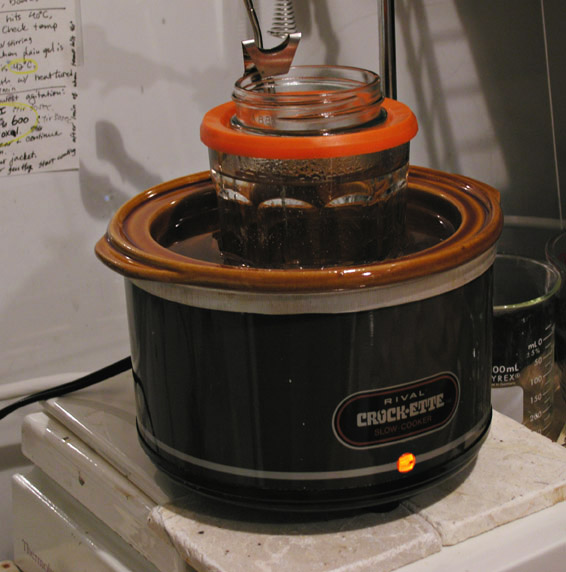


Kitchen Lab Emulsions |
Photography with Emulsions, by William de Wiveleslie Abney, 1885. |
 |
 |
 |
| Getting with the Spirit of the Emulsion Founders |
|
I love lab equipment. I read science supply catalogs and drool. Having confessed this weakness, I stand on firm ground as I maintain that, by and large, specialized equipment is about convenience and a larger measure of repeatability, but it is not necessary to make emulsions. Emulsion making started before electrification. Abney worked by daylight or gaslight. He needed to keep ice handy if he was working in the summer. He mixed his emulsions by hand. George Eastman started Kodak in his mother's kitchen with scrounged and invented equipment. From there to today, the technology has progressed to a level of complexity that is almost inconceivable, where even a 'small' company like Ilford is at a disadvantage compared to Kodak. I take all that to be Very Good News. It is liberating. Any individual can stand wherever along the timeline that he or she wants. Any approach that produces a pleasing emulsion is a right approach. And, here's an extra bit of great news: making emulsions does not need to cost a lot of money. The basics for making a b&w paper are very basic. Photographic gelatin, silver nitrate, and a halide (usually sodium chloride.) A source of constant heat, a way to mix the silver with the salt into the gelatin, a thermometer, a stopwatch, a dark(able) room with a safelight, an assortment of containers and a way to accurately measure weights and volumes. A method of coating paper. A lightproof way to cold store the emulsion. Refrigeration, hot water, and ventilation are all handy. If you add a few more chemicals, you've got everything the first emulsion pioneers had. Below are a few recipes and cooking strategies I've worked out. Try out one or more to get a feel for the general idea — mixing a salt solution and a silver nitrate solution into gelatin as evenly and repeatably as possible, under controlled temperature conditions. You will soon understand the common variables and what's important. Accurate measurements are very important. Consistency is important if you are going to learn and produce repeatable results. I'm not advocating slap-happy sloppy. I am advocating making emulsions at whatever level and combination of technology and financial expenditure you are comfortable with. Please do not be intimidated by those who maintain that it's Kodak's (1999) Way or the Highway. Have fun. |
|
Replace This Text in js
Replace This Text in js
|
Copyright © The Light Farm |